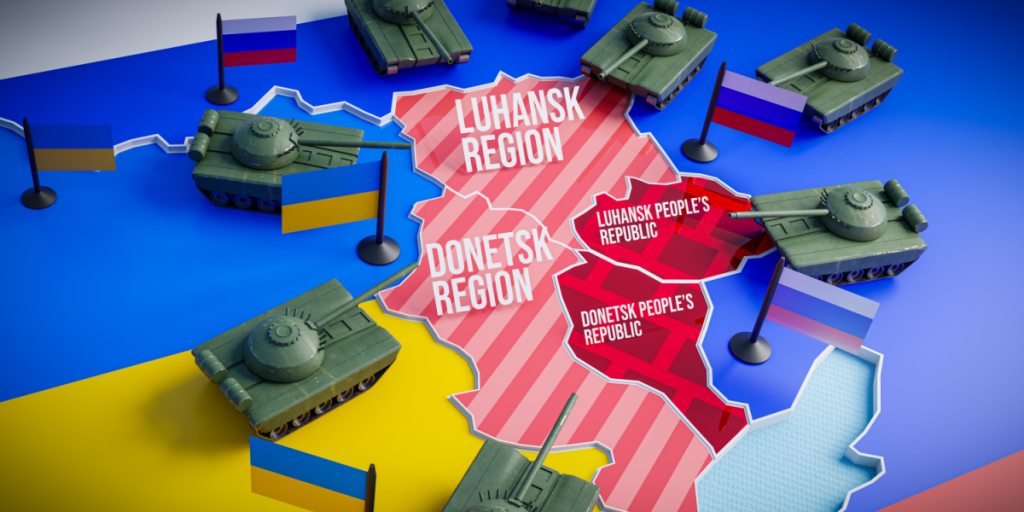Donbas isn’t just territory—it’s Ukraine’s frontline
Others are reading now
Donbas isn’t just territory—it’s Ukraine’s frontline
The battle for Donbas: why the region matters more than ever
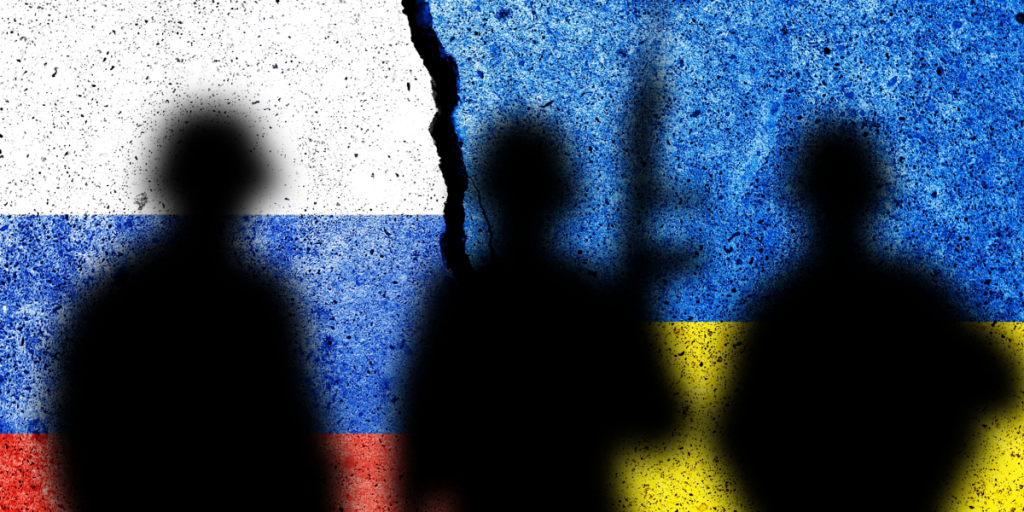
As Russia’s war in Ukraine grinds into its second decade, one region continues to dominate headlines: Donbas.
From diplomatic pressure to front-line fighting, this eastern territory remains central to both Moscow’s ambitions and Ukraine’s resistance.
According to the Financial Times, Russian President Vladimir Putin is once again attempting to secure control over Donbas—not by military force, but through backchannel political pressure involving former U.S. President Donald Trump.
Donbas is Ukraine’s industrial heart—and a strategic prize
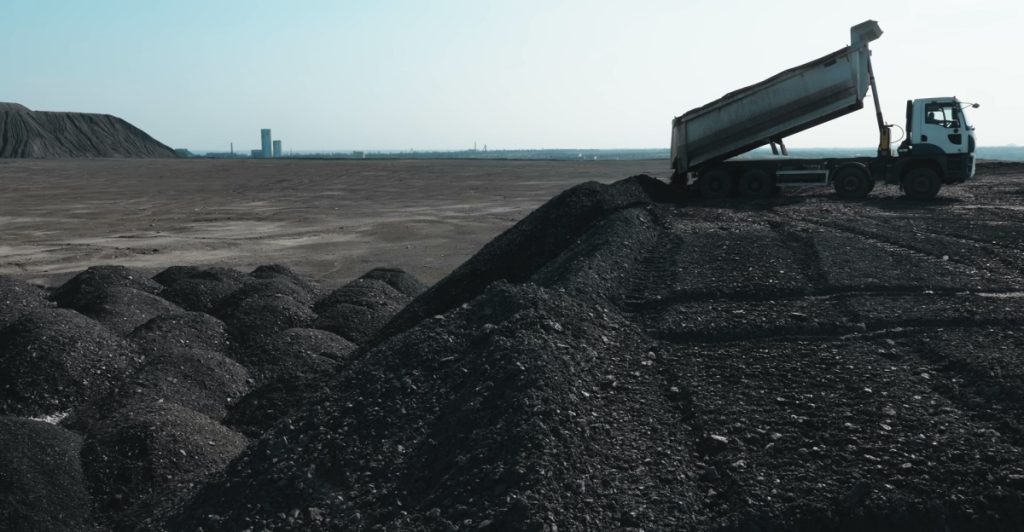
Donbas, short for the Donets Coal Basin, lies in eastern Ukraine and includes Donetsk and Luhansk oblasts.
Also read
According to the Kyiv Independent, the region has long been an economic powerhouse, home to major coal, steel, and chemical industries. Before Russia’s 2014 invasion, Donbas accounted for around 15.7% of Ukraine’s GDP and nearly 15% of its population, based on data from the Center for Economics and Business Research in London.
Moscow’s assault has since devastated its infrastructure and caused Ukraine an estimated $102 billion in economic losses between 2014 and 2021.
Russia’s war didn’t start in 2022—it began in Donbas in 2014
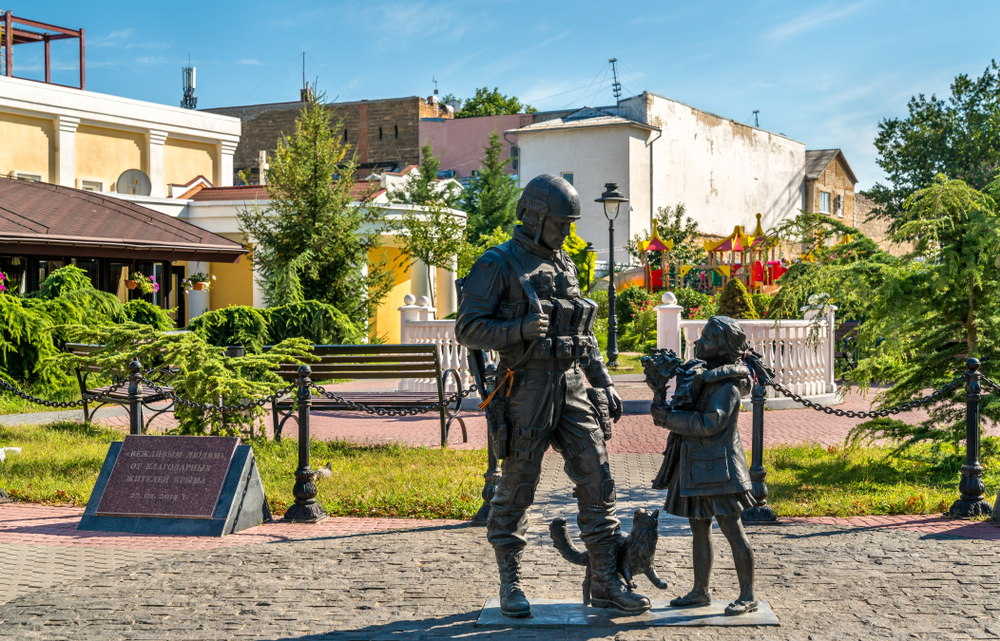
While much of the world focuses on the 2022 full-scale invasion, Ukraine sees the war as having started in 2014—with Russia’s annexation of Crimea and its covert military push into Donbas.
As the Kyiv Independent notes, Russia falsely claimed the fighting was led by local separatists, when in reality, the so-called republics were Kremlin-backed projects—armed, funded, and coordinated from Moscow to destabilize Ukraine from within.
The people of Donbas have paid a staggering human price

Since 2014, the war in Donbas has killed at least 3,400 civilians and 4,400 Ukrainian soldiers, according to UN data cited by the Kyiv Independent. Around 20,000 more have been injured.
Also read
In cities like Mariupol—once home to 500,000 people—up to 75,000 civilians may have died since Russia’s full-scale invasion. The human toll continues to climb.
Russia’s language excuse doesn’t hold up to scrutiny
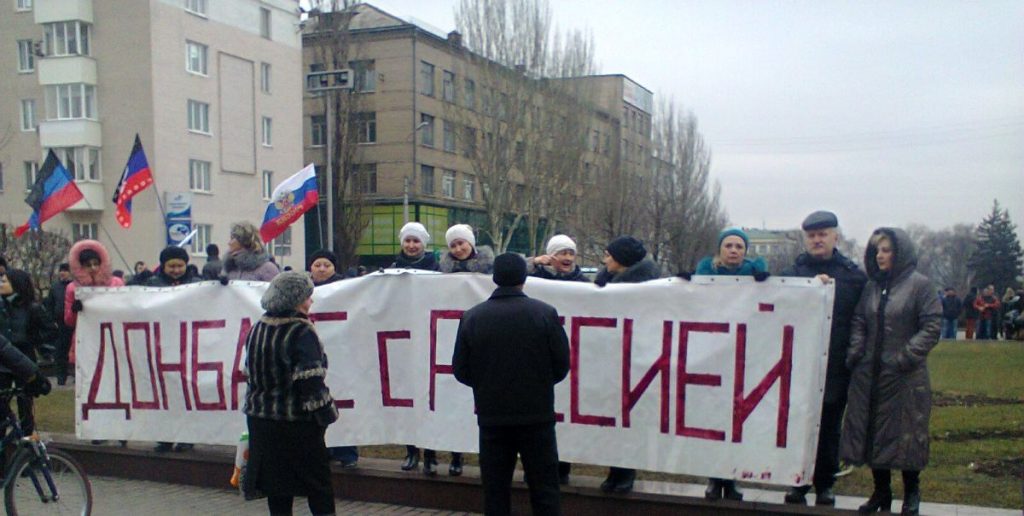
Moscow has long claimed that it must protect Donbas because many of its residents speak Russian.
However, according to polling by Ukraine’s Razumkov Center, 82% of Russian-speaking Ukrainians now hold a negative view of Russia, The Kyiv Independent reports.
As the Kyiv Independent emphasizes, speaking Russian has never meant loyalty to Moscow—and certainly not support for occupation. Meanwhile, Russian-controlled areas suffer collapsing infrastructure, including a water crisis in summer 2025.
Donbas is a fortress—and a military priority for Moscow
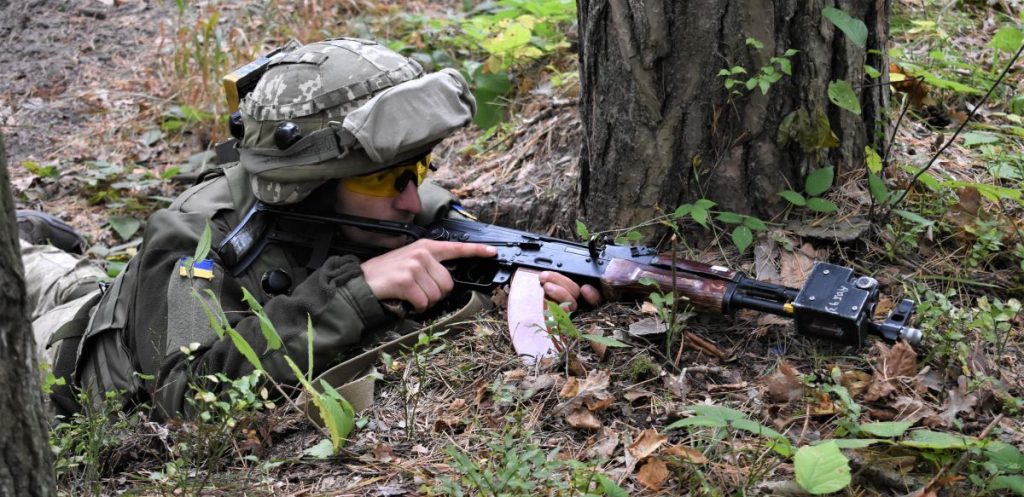
Beyond economics and language, Donbas holds significant military value. By August 2025, Russia controlled around 19% of Ukraine’s territory, including almost all of Luhansk, Reuters reports.
Also read
However, Ukraine continues to defend parts of Donetsk—particularly the so-called “fortress belt,” a 50-kilometer stretch of fortified cities such as Sloviansk and Kramatorsk.
As The Economist and The Kyiv Independent report, Ukraine has poured vast resources into these defenses, creating strongholds that have continued to resist Russian advances even after the fall of Bakhmut in 2023.
What we’ve learned
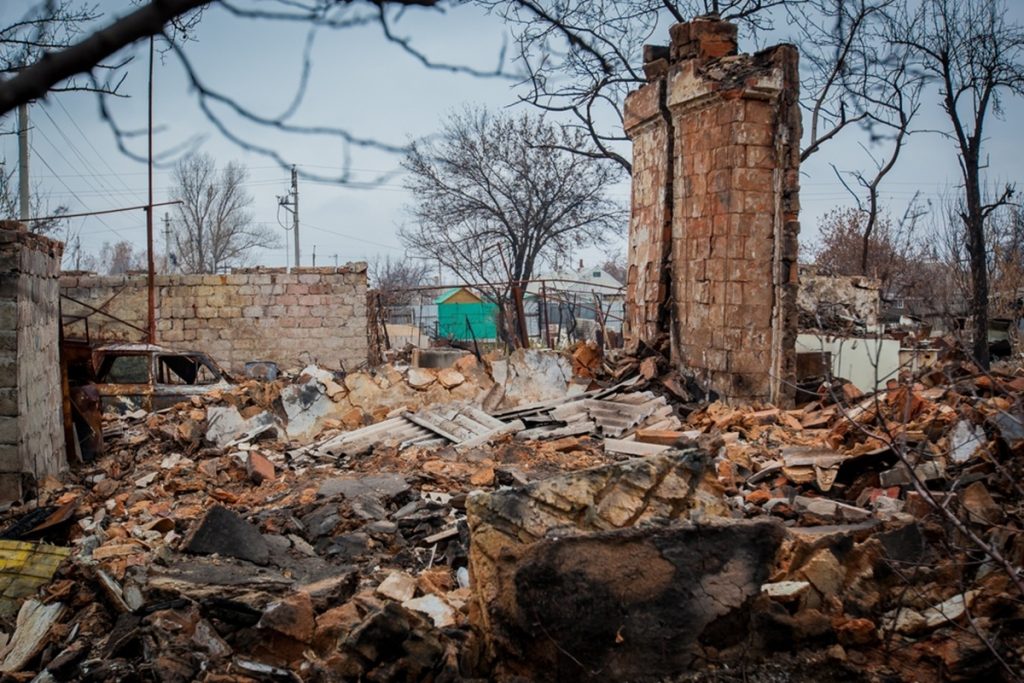
Donbas isn’t just a name on a map. It’s an economic lifeline, a military stronghold, and home to millions of Ukrainians.
Russia’s claim to the region relies on shaky justifications—language, history, and proxy rule—while Ukraine continues to fight for its sovereignty and people.
As diplomatic pressure mounts and global politics shift, the fate of Donbas remains a defining issue in the war.
Also read
The fight for Donbas is far from over
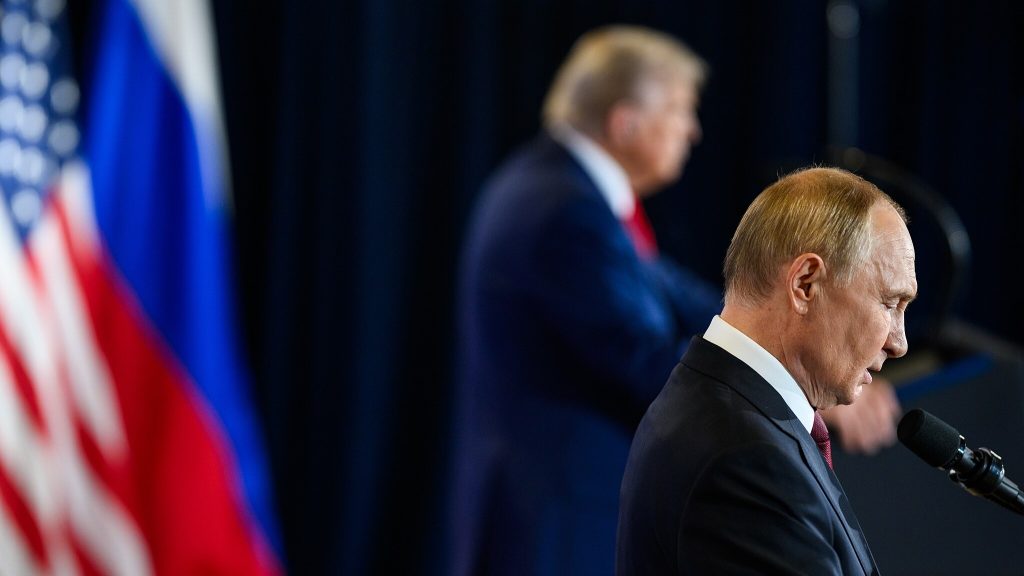
According to Financial Times, Putin is once again trying to use political pressure via Trump to get what he couldn’t take by force.
During a recent meeting, Trump reportedly told Zelensky that Ukraine should surrender Donbas to Russia—contradicting his own earlier rhetoric.
Despite later backpedaling, the incident highlights how Donbas remains not only a military battleground, but a geopolitical fault line. As the Kyiv Independent concludes, ceding the region is unthinkable for Ukraine—and that’s unlikely to change.

